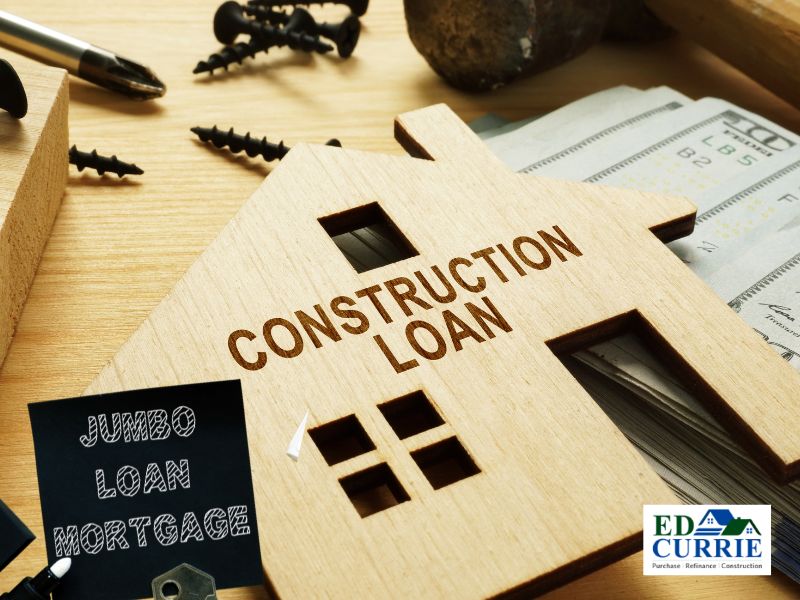- Builder’s Agreement
- Submission of Draw Requests

Embarking on the journey of building your dream home involves navigating through various processes, and one crucial aspect is understanding the role of the builder in the loan process. From drafting agreements to submitting draw requests, builders play a pivotal role in ensuring the smooth flow of funds and the timely completion of your home. Let’s discuss the intricacies of the builder’s involvement in the loan process.
- Builder’s Agreement
Before the construction kicks off, you and your builder will enter into a builder’s agreement, also known as a construction contract. This document outlines the scope of work, project timeline, budget, and payment schedule. It serves as a blueprint for the entire construction process and is crucial for establishing clear expectations between you and the builder.
Key Components of a Builder's Agreement:
Scope of Work: This section details the specific tasks and services the builder will provide, including materials, labor, and any additional features or upgrades.
Project Timeline: A timeline for each phase of construction, from groundbreaking to completion, helps both parties stay on track and ensures timely delivery of the finished home.
Budget: The builder’s agreement includes a breakdown of costs, including materials, labor, permits, and overhead expenses. It’s essential to review the budget carefully to avoid any surprises down the line.
Payment Schedule: This outlines how and when payments will be made throughout the construction process. Payments are typically tied to specific milestones, such as completing the foundation or framing.
2. Submission of Draw Requests
Once construction is underway, the builder will submit draw requests to the lender to access funds from your construction loan. Draw requests are formal requests for reimbursement for work completed and materials purchased during the construction process. These requests help ensure that funds are released in a controlled manner, aligning with the progress of the project.
Components of a Draw Request:
Description of Work Completed: The builder provides a detailed description of the work completed since the last draw request, including any milestones reached or tasks accomplished.
Cost Breakdown: Each draw request includes a breakdown of costs associated with the completed work, including labor, materials, and subcontractor fees.
Supporting Documentation: Builders typically include invoices, receipts, and photos as supporting documentation to verify the completion of work and justify the requested funds.
Inspections: Before releasing funds, lenders may conduct on-site inspections to verify the progress of the project and ensure that the work matches the draw request.
Navigating the Builder's Role
Understanding the builder’s role in the loan process is essential for ensuring transparency, accountability, and successful collaboration throughout the construction of your home. By establishing clear expectations through a builder’s agreement and diligently managing draw requests, builders play a crucial role in turning your vision into reality.
As a homeowner, it’s essential to communicate openly with your builder, review all documentation carefully, and work closely with your lender to facilitate the timely release of funds. With a solid understanding of the builder’s role and the loan process, you can embark on your homebuilding journey with confidence, knowing that you have a trusted partner by your side every step of the way.



